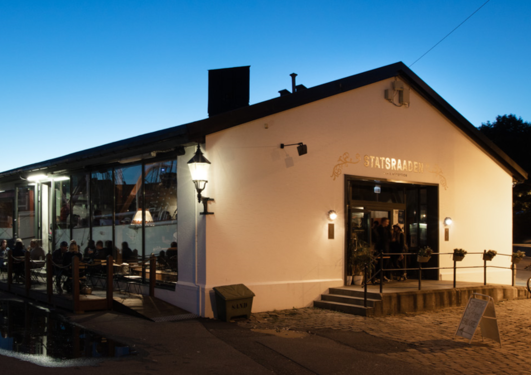Chasing "monster waves" with stereo cameras
Rogue or freak waves (monster waves) are exceptionally large waves that can suddenly loom into existence, seemingly from nowhere. Are these waves truly different from ordinary storm waves, or are they just what you should expect to see if you wait long enough?

Main content
About the event (held in English)
Chasing "monster waves" with stereo cameras
Rogue or freak waves are exceptionally large waves that can suddenly loom into existence, seemingly from nowhere. Are these waves truly different from ordinary storm waves, or are they just what you should expect to see if you wait long enough? The answer to that question has been surprisingly hard to find. One reason is that ordinary wave buoys measure the waves at an arbitrary point in space, but ocean waves have a constantly changing three-dimensional structure.
If you run a platform, or an offshore wind turbine farm, or if you are the captain of a ship on the stormy sea, your main concern is whether you will be hit by an exceptionally large wave, not necessarily where you will be hit. This is known as the area effect; - where the wave hits is less important than the maximum height of that wave.
To find the highest wave crests, we should measure an area, not a point. Like a surfer waiting for the next big wave would swim towards it rather than wait around, we must also observe an area large enough to capture the biggest waves. Recent developments in technology allow us to do this using a pair of regular video cameras. Stereo photography is a century-old technique, and we use machine learning to crunch pictures and detect features that let us reconstruct the full sea surface.
The speakers will show how such a camera setup works, for the first time in the middle of the ocean. They will share with you their experience, and discuss the questions: Are these “rogue” waves really extraordinary, or are they just rare? And how rare are they really?
- Mika Malila (PhD) is a researcher at the Norwegian Meteorological Institute.
- Øyvind Breivik is section head at the Norwegian Meteorological Institute and professor at the Geophysical Institute, University of Bergen.

The event is free and open for all!
- When: Thursday 27.02.2025 - 19.00–20.00
- Where: Statsraaden Bar & Reception, Bradbenken 2
Organisers: Ocean Science Bar is a collaboration between Statsraad Lehmkuhl, the University of Bergen, the Institute of Marine Research, NORCE, and the Nansen Center. At the Statsraaden Bar & Reception you are welcome to enjoy highlights from marine research and ocean related issues in informal and relaxing surroundings.


